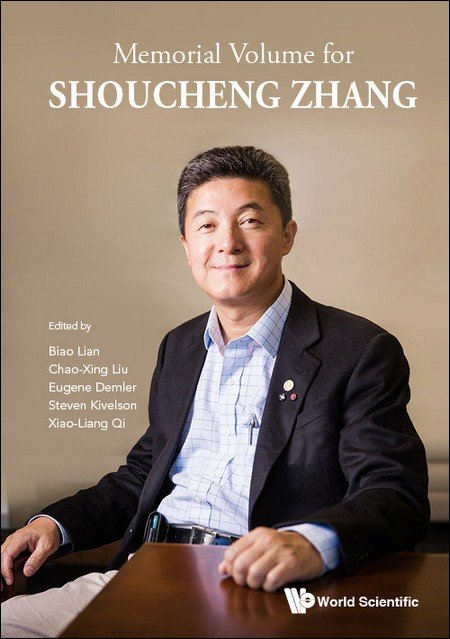Chapter 7: Thermalization and Its Absence within Krylov Subspaces of a Constrained Hamiltonian
We study the quantum dynamics of a simple translation invariant, center-of-mass (CoM) preserving model of interacting fermions in one dimension (1D), which arises in multiple experimentally realizable contexts. We show that this model naturally displays the phenomenology associated with fractonic systems, wherein single charges can only move by emitting dipoles. This allows us to demonstrate the rich Krylov fractured structure of this model, whose Hilbert space shatters into exponentially many dynamically disconnected subspaces. Focusing on exponentially large Krylov subspaces, we show that these can be either integrable or nonintegrable, thereby establishing the notion of Krylov-restricted thermalization. We analytically find a tower of integrable Krylov subspaces of this Hamiltonian, all of which map onto spin-1/2 XX models of various system sizes. We also discuss the physics of the nonintegrable subspaces, where we show evidence for weak Eigenstate Thermalization Hypothesis (ETH) restricted to each nonintegrable Krylov subspace. Further, we show that constraints in some of the thermal Krylov subspaces cause the long-time expectation values of local operators to deviate from behavior typically expected from translation invariant systems. Finally, we show using a Schrieffer–Wolff transformation that such models naturally appear as effective Hamiltonians in the large electric field limit of the interacting Wannier–Stark problem and comment on connections of our work with the phenomenon of Bloch many-body localization.


